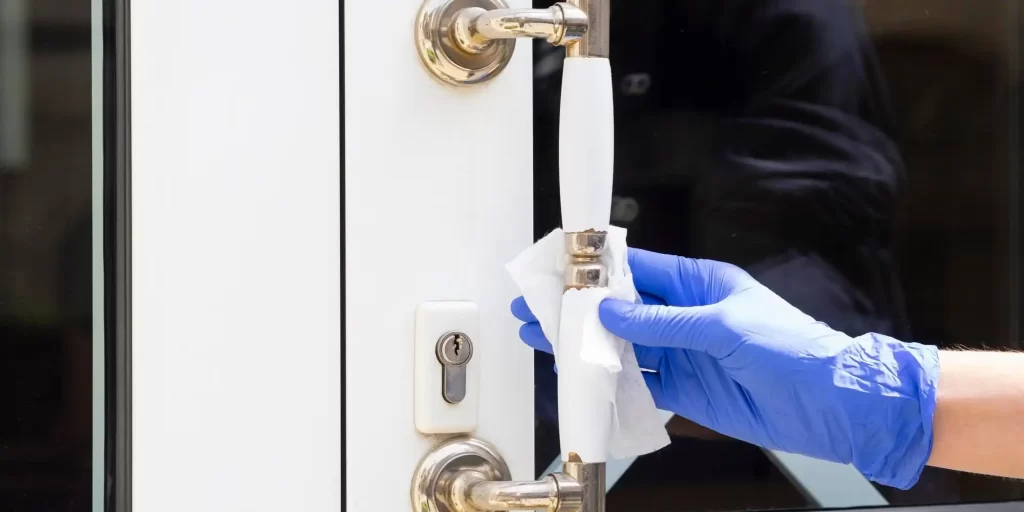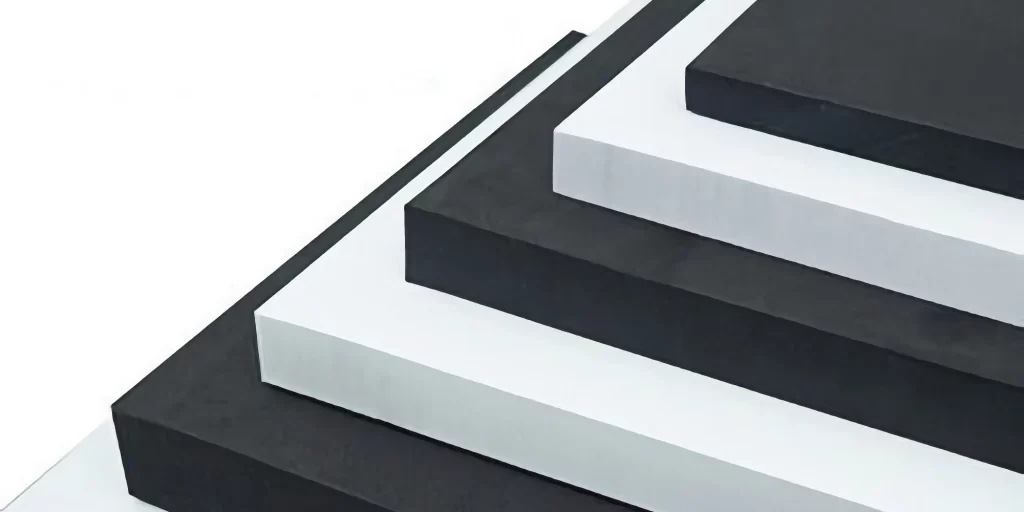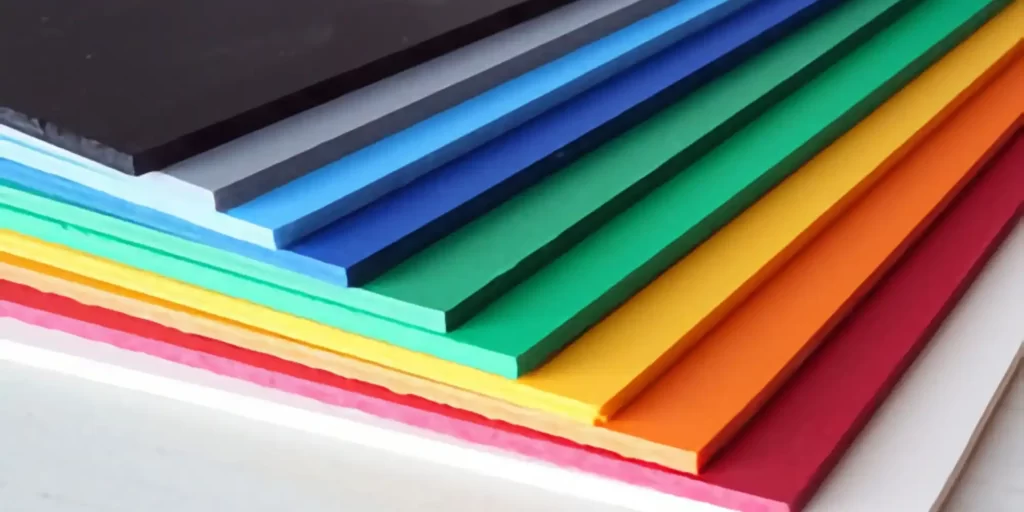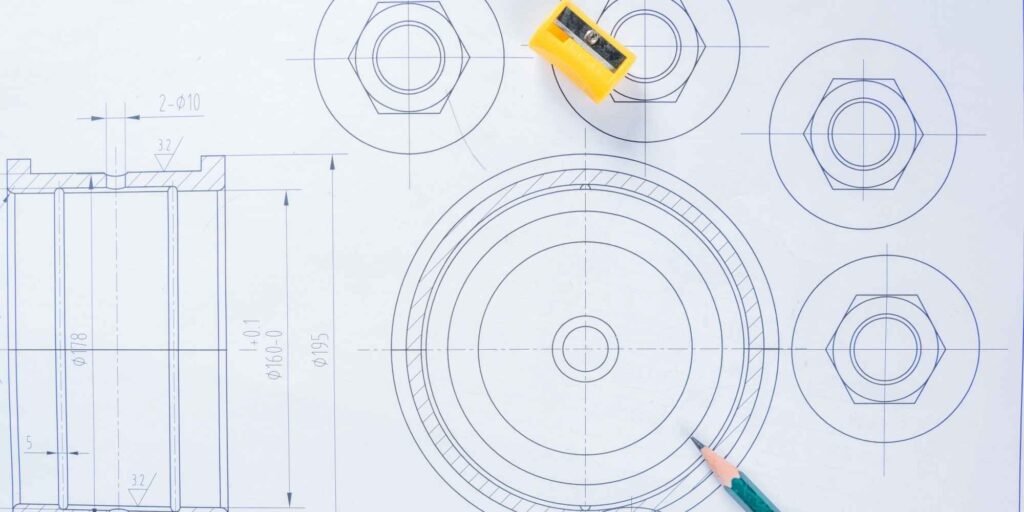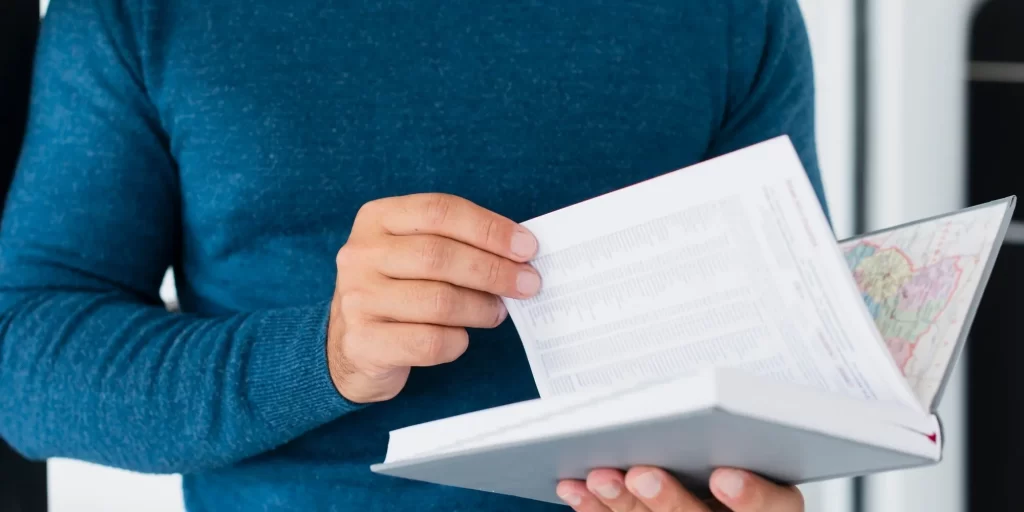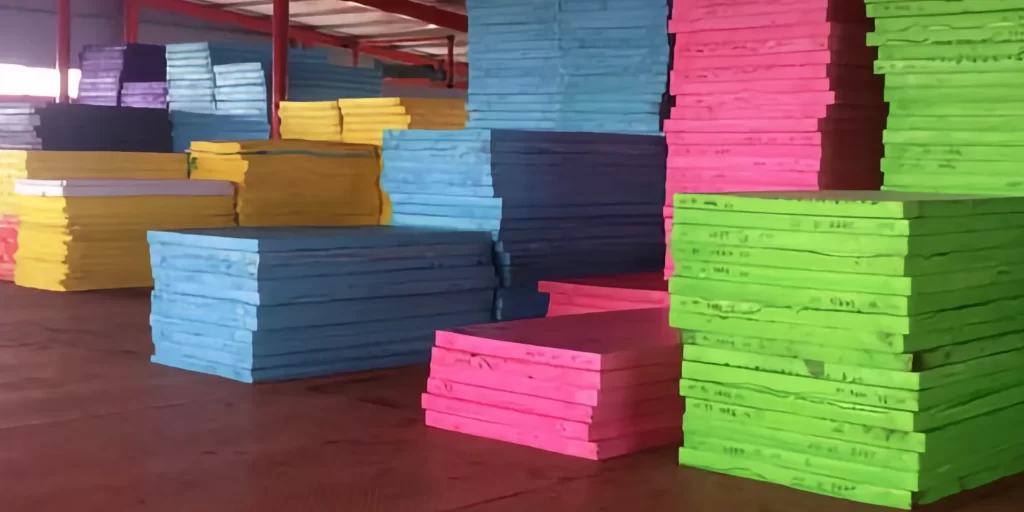Introduction
Doors and windows play a pivotal role in maintaining the comfort and energy efficiency of our homes and offices. EVA foam, with its unique properties, has emerged as a leading material in the production of door and window seals. This article delves deep into the world of EVA foam seals, highlighting their advantages and answering common queries.
The Importance of Quality Seals
Seals are more than just a finishing touch to doors and windows. They:
- Prevent drafts, maintaining indoor temperature and reducing energy bills.
- Block external noise, ensuring a quieter indoor environment.
- Keep out dust and pests, enhancing indoor air quality.
- Prevent water ingress, safeguarding against potential damage.
Why EVA Foam is the Preferred Choice
EVA foam stands out in the realm of sealing materials due to its:
- Flexibility: EVA foam easily conforms to varying door and window profiles.
- Durability: Resistant to UV rays, moisture, and temperature fluctuations, EVA foam seals last longer.
- Insulation Properties: EVA foam’s cellular structure offers excellent thermal and acoustic insulation.
- Ease of Installation: Lightweight and adaptable, EVA foam seals can be installed without professional help.
Types of EVA Foam Seals
EVA foam seals come in various forms to cater to diverse needs:
- Adhesive-backed strips for easy application on door and window frames.
- D-profile seals for larger gaps and spaces.
- V-strip (or tension seal) for sliding windows and sashes.
- Tubular seals for doors with larger under-door gaps.
Environmental and Economic Benefits
Using EVA foam seals offers both environmental and economic advantages:
- Energy Efficiency: By preventing drafts, EVA foam seals reduce the need for heating or cooling, cutting down energy consumption.
- Cost Savings: Lower energy bills and reduced need for replacements make EVA foam seals a cost-effective choice.
- Sustainability: EVA foam is recyclable, aligning with eco-friendly building practices.
FAQ:
Q: How do I know if my doors and windows need new seals?
A: If you feel drafts, notice a spike in energy bills, or hear excessive outdoor noise, it might be time to replace your seals.
Q: How long do EVA foam seals last?
A: While the lifespan can vary based on usage and environmental factors, EVA foam seals typically last for several years without degrading.
Q: Can I install EVA foam seals myself?
A: Absolutely! EVA foam seals often come with adhesive backings and can be easily cut to size, making DIY installation a breeze.
Q: Are there any maintenance tips for EVA foam seals?
A: Regularly cleaning the seals with a damp cloth and checking for wear and tear will ensure their longevity.
Q: How do EVA foam seals fare in extreme weather conditions?
A: EVA foam is resistant to UV rays, moisture, and temperature changes, making it suitable for diverse climates.
Conclusion
EVA foam has undeniably transformed the door and window sealing industry. Its unparalleled benefits in terms of flexibility, durability, insulation, and eco-friendliness make it the top choice for homeowners and builders alike. As we move towards more sustainable and energy-efficient building practices, the role of EVA foam in enhancing the comfort and efficiency of our living spaces becomes even more prominent.
